Matteo Cervone
Year of birth: 1966
Where do you live: Milan (in the fields close to)
Your education: degree in Political Science at State University of Milan, 2-year specialisation in organisational psychology in Transactional Analysis obtained) at the E. Berne Centre in Milan
Describe your art in three words: ironic, conceptual, surreal
Your discipline: photography and sculpture (yes I also do 3D things… But at the moment this is still a private path)
Website | Instagram
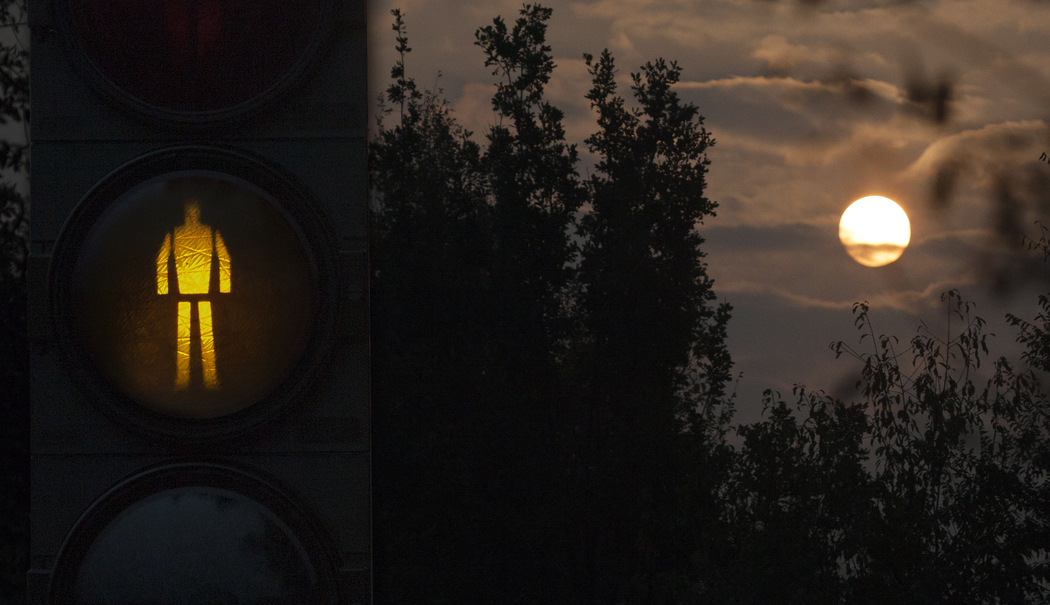 Matteo Cervone, The Day After, 2022
Matteo Cervone, The Day After, 2022
You spent over two decades in the corporate world before pursuing art full-time. How did your professional experiences influence your artistic approach?
For many years I was a corporate trainer in organisational change, interpersonal relations and conflict resolution. The aim was to experience the space of work, which takes up a lot of time in life, as a satisfying and nourishing space. I believe that this is partly present in my artwork: the desire to convey optimism about life, self-discovery and improvement.. When I am at exhibitions and talk to visitors, I notice that those who stop and talk to me are often attracted not only by the aesthetic aspect of my work, but also by the deeper meaning, the philosophy of life, the ethic.
Your project ‘Other Worlds’ plays with the metaphor of traffic lights. What inspired you to use these everyday symbols to explore human behavior and emotions?
My relationship with traffic lights was born when I was working as a consultant. I drove many kilometres by car every day. I had a “love-hate” relationship with them (mainly I hated them when they were red, to be honest). Then, one day, I was at a traffic light near my home and I thought: “I go in the morning and come back in the evening. In the summer, in the autumn, in the winter… This light is there, it does not move, and it sees me walking back and forth every day”
So I thought that the traffic lights could see us, trying to understand our hurried or slow movements… And that they change colour according to the emotions of the people walking under them.
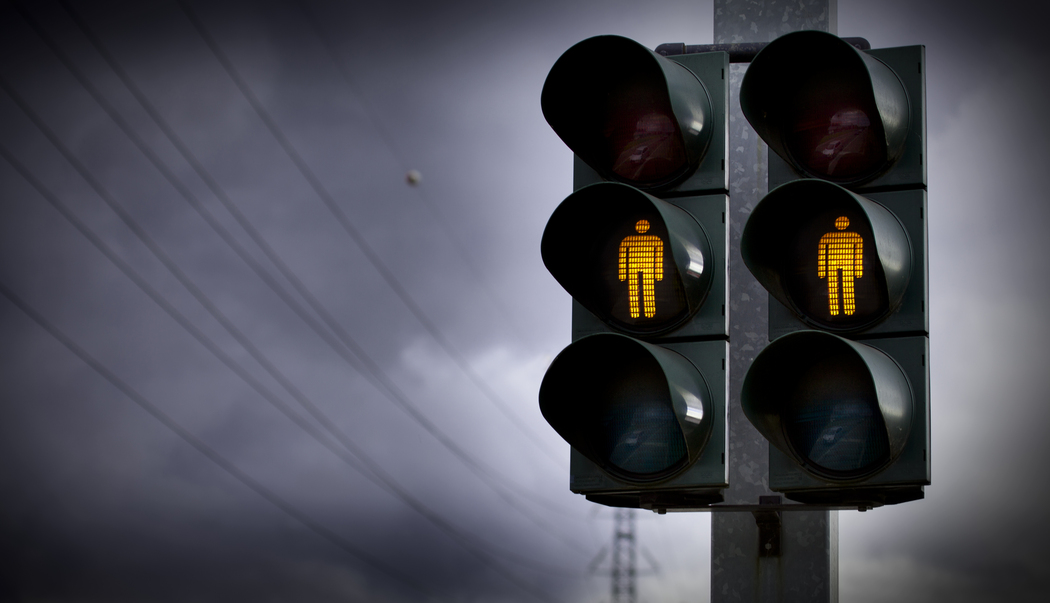 Matteo Cervone, Parallel Lives, 2019
Matteo Cervone, Parallel Lives, 2019Surrealism and conceptual art seem to play a role in your works. How do you balance the real and the imaginary in your visual compositions?
I think life is a very serious thing. But a laugh can make everything easier and help in hard times.
As for my pictures, I start from an observation of reality. As we often discover, reality can surpass fantasy. If you look for interesting or strange traffic lights, you notice a similarity with people: all traffic lights seem to be the same, but they are all different in their specific situations.
Then I realise what I am looking for: sometimes a contrast with the surroundings, sometimes a particular colour combined with other details. So the little man at the traffic lights is doing something that makes me think, or is doing something that makes me smile, or is in a surreal situation. I don’t stop until my composition moves and evokes me.
Another point concerns the creation of a visual project when I want to explore a particular theme. I select and sequence existing images, look for missing ones and retrieve material from my archives to create a narrative with moments of introspection and moments of emotional release. Like a kind of film.
I want the single image to carry a message, and the visual project as a whole to carry an even stronger message.
I like to think that my pictures are eye-catching, that they attract attention, like just beautiful pictures. But then, on closer inspection, they bring a different, stronger emotion and a deeper message about our lives. That is the conceptual side of my work.
You often emphasize the ‘yellow light’ as a symbol of choice, free will, and change. Could you share a personal experience where this idea of choice was pivotal for your art?
Thank you for your question. My first work with the traffic lights came at a time when I was leaving the corporate world. It was challenging, exciting and really scary at the same time. On that occasion I made one of my first works. Three images representing the alarm of the situation, the indecision that freezes, and the choice to face the new. When it was finished, I realised that all the lights in this triptych were “yellow lights”.
I think that there is a kind of “behavioural code” that is already in the traffic light. When you approach an intersection and the light turns yellow, you automatically make a choice: do you speed up to get through before the red, or do you slow down, stop and wait for the next green? So I realise that the yellow light has to do with choice. Even waiting and “doing nothing” is actually a choice.
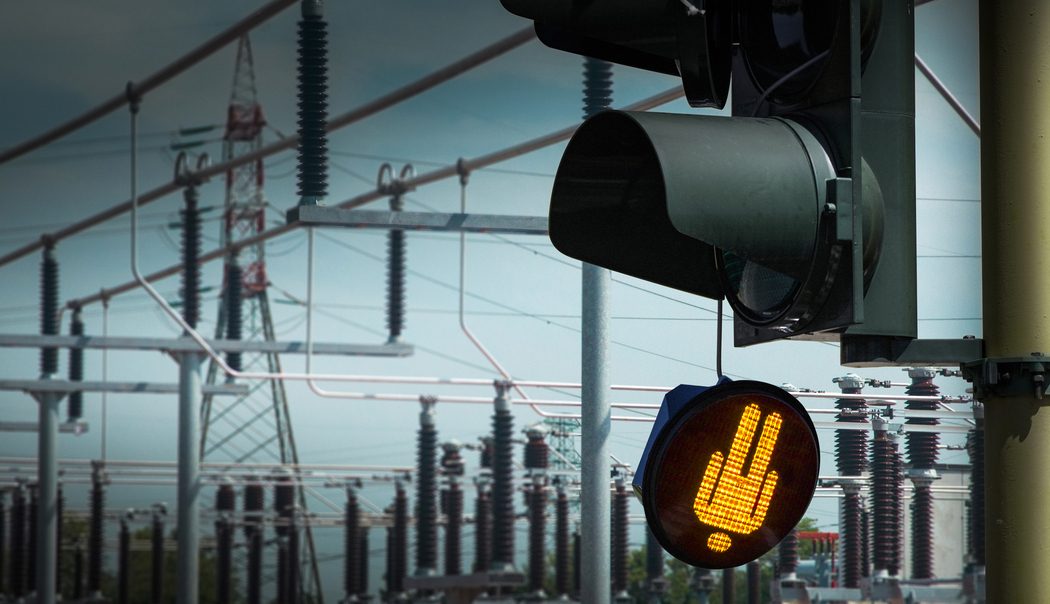 Matteo Cervone, Exhausted, 2023
Matteo Cervone, Exhausted, 2023Your pieces are printed in a very limited edition, with a focus on authenticity. What drives your decision to limit the availability of your works, and how does this affect the connection with your audience?
The printing process, colour calibration and depth of some of my images are best appreciated when printed in large format on fine art paper, which allows for optimum chiaroscuro detail and lamp brightness. This also guarantees a colour and gloss life of over 100 years (this is called “museum quality”). These prints, when properly lit, make it look as if you have a window in your house and a real traffic light outside your window.
This type of printing and media (forex or dibond) is more expensive, so it is necessary to limit its production and dedicate it to a collector audience. Collectors often find a particular affinity with the story in a particular scene. They meet me at the fair, they come back to see their favourite board with their husband or wife, maybe we discuss it and share the emotions they feel and those I feel. It creates a one-to-one relationship between the collector and the board.
However, I do not only produce numbered pieces. I also produce some pictures in open series. I also make small offset-printed posters of other images. This is obviously a very different print quality, but it makes for a cheaper ‘keepsake’. Art is a form of communication and this way my message can reach as many people as possible.
In your statement, you mention that your traffic light figures assign colors to human actions and emotions. How do you decide what actions or emotions correspond to each color?
Similar to the feelings associated with the colour yellow, the feelings associated with green and red emerged on their own. It was like an art-therapy session..
I started by taking pictures on the street in a casual way. At first I thought the visual research would be over after a few shots: here’s the green, here’s the red… Done. Then I realised that some of the images made me feel “happy or cool” and others were “strong and passionate”.
Many people helped me to read into my pictures. Something similar can happen in psychological support groups: you may have all the answers in front of you, but you just cannot focus on them. Everything can be clearer to people looking at you from the outside.
This is why I like to do public shows and fairs as part of my annual activity. I listen to what people see in my work… And often their feelings enrich the depth of my vision and myself.
As a part of contemporary artists who arrive at art later in life, how does maturity affect the themes and narratives you explore in your work?
From one point of view, this moment is a personal life goal. In my early life, my family pushed me into a “practical and paycheck” career. If I had a “daring” project, the question was “can you make money out of it?” So I parked some dreams in a drawer.
At the time, I found this approach difficult. But today I really believe that my family’s suggestion was a good one and that it worked. In fact, that decision in the past has allowed me to have the resources today to pursue the expression I wanted. So now the dreams can come out of the drawer like a “hellzappopping” and that is great!
Coming to art expression at a mature age means freedom for me. I feel that I have fulfilled my obligations to my family, society and the world. I have paid the ‘debt’ to the previous generations that allowed me to be here, in this world, today.
So I can take time and energy to explore new worlds, to get out of my comfort zone. I have a wide range of possibilities, similar to when I was 25 years old. I have nothing to lose, except perhaps the opportunity to have these experiences!
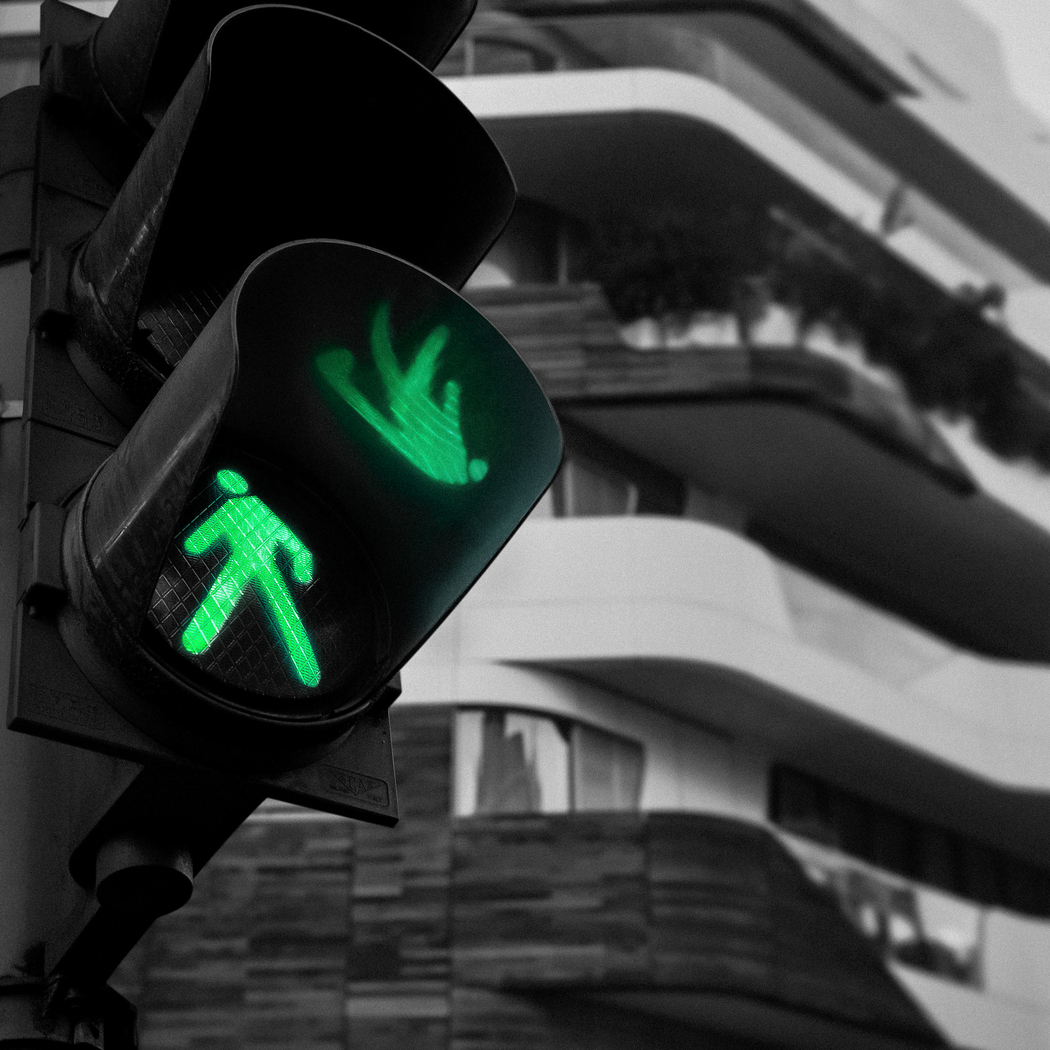
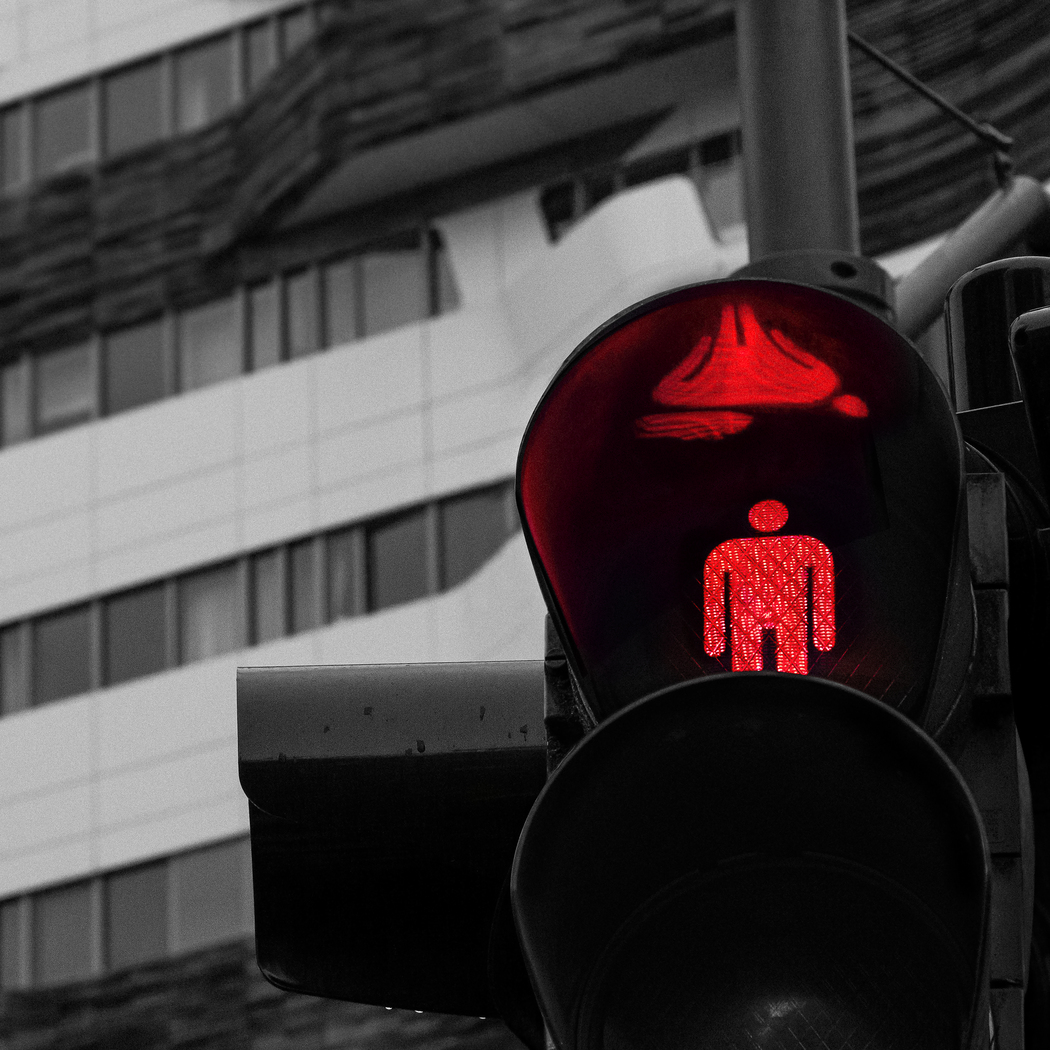
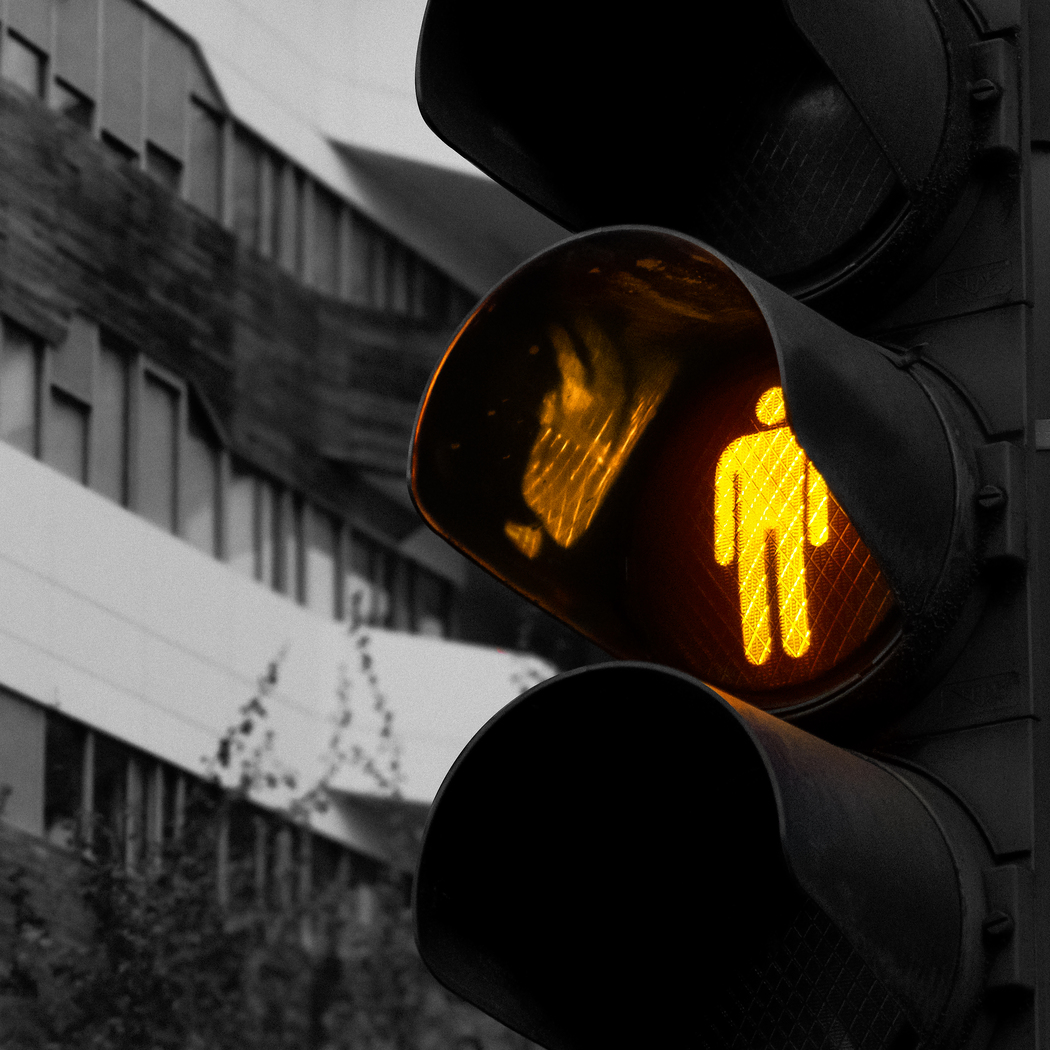
Matteo Cervone, Triptych Man In The Mirror, 2024

Leave a Reply